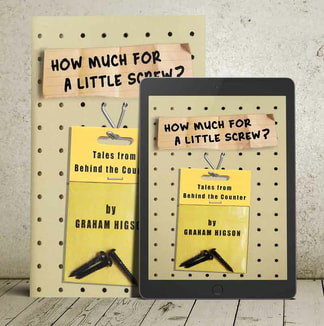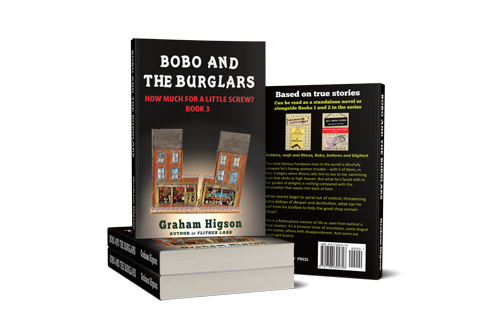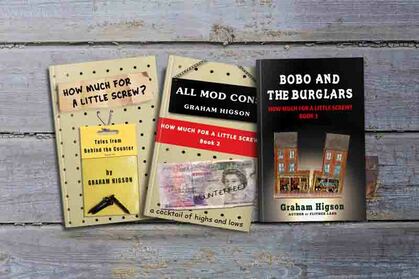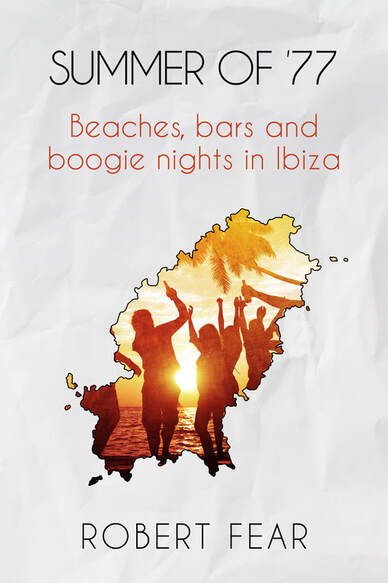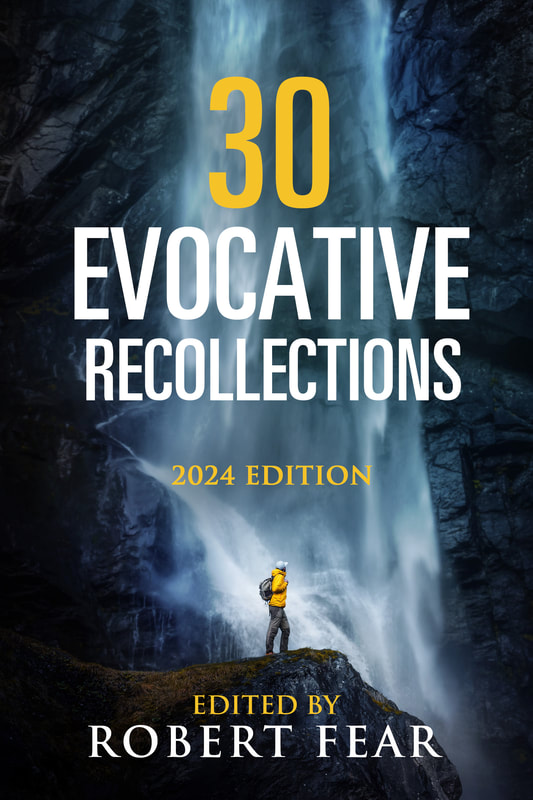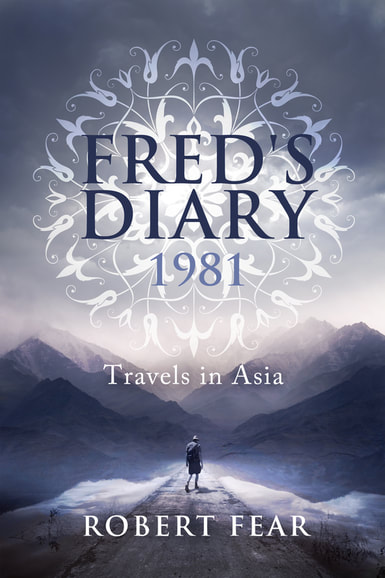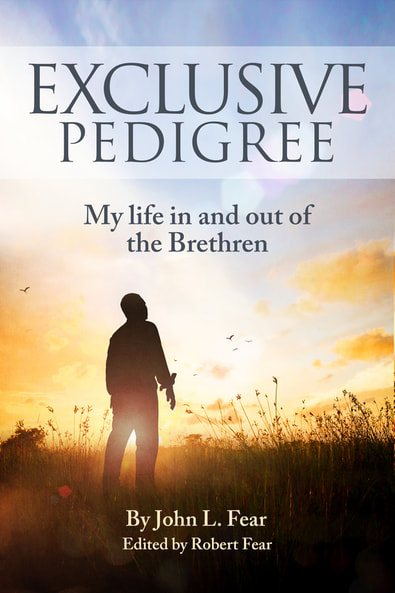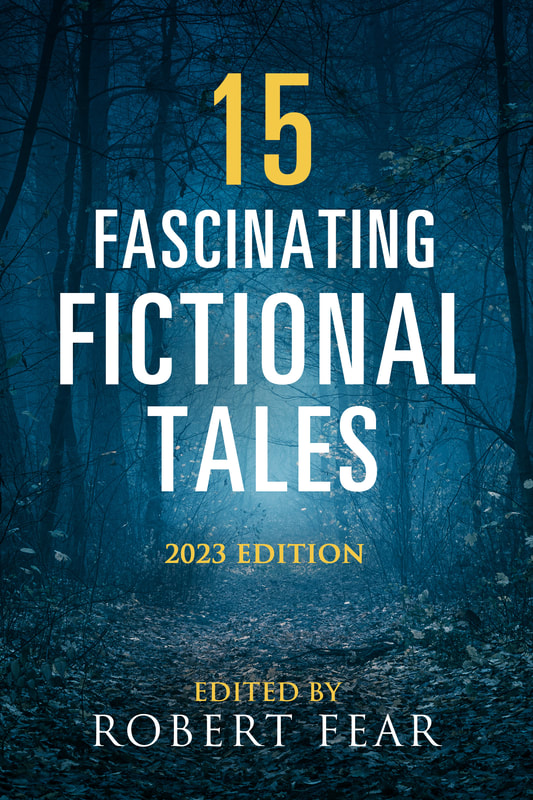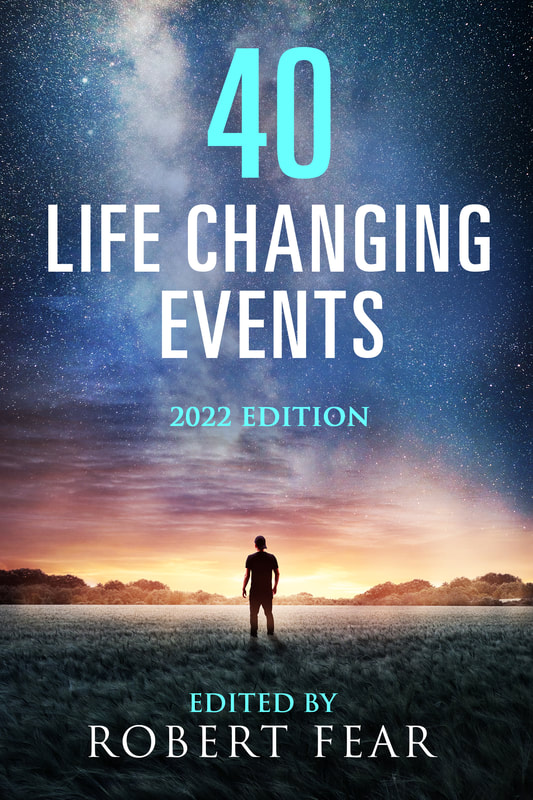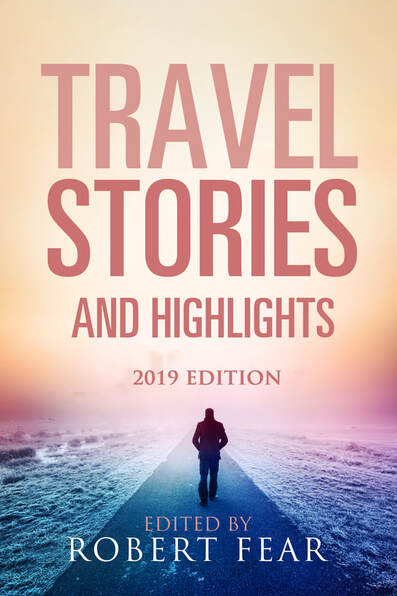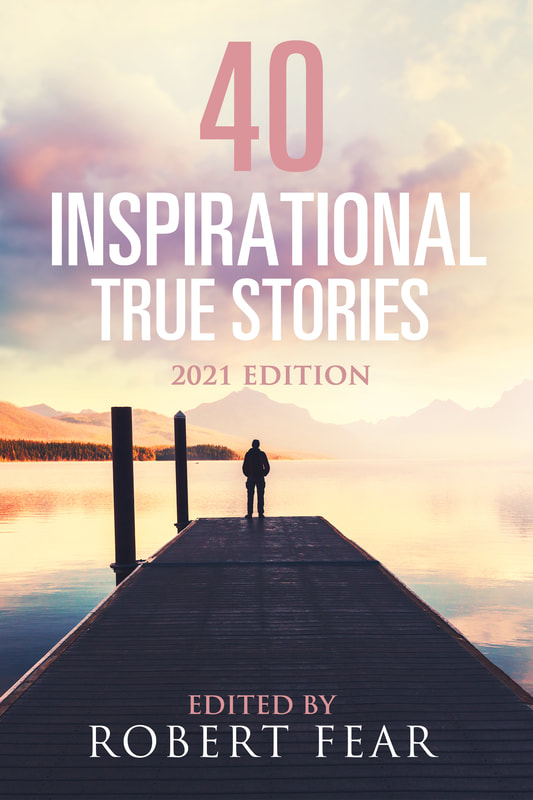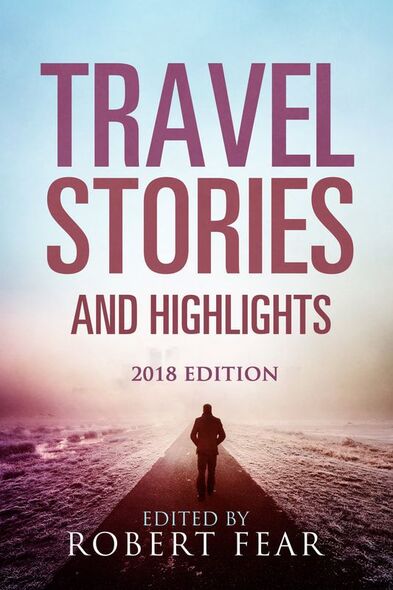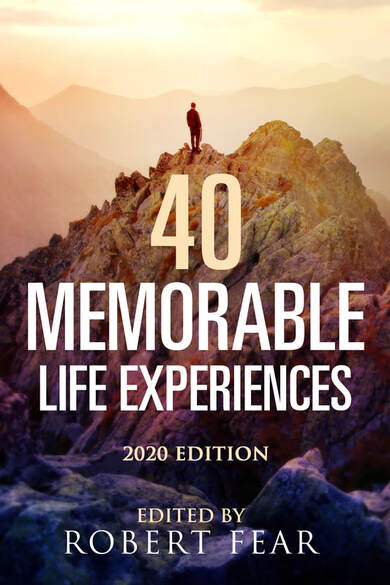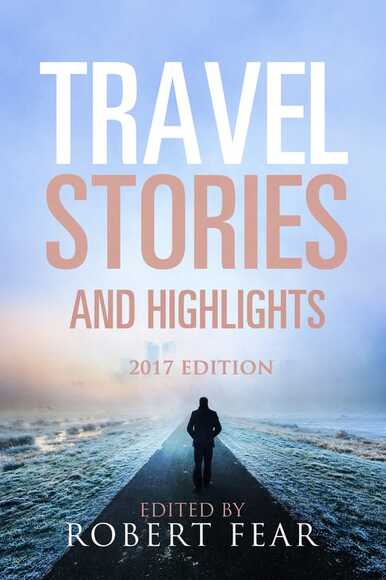The Little Screw Books – Memoirs or Novels?
by Graham Higson
by Graham Higson
Back in 1996 I landed the enviable job of writing the insider's column for a DIY magazine. I'd been rather fond of such articles ever since my previous incarnation working for a bank, where the magazine contained the inner thoughts of a lucky sod who'd been posted – would you believe? – to the branch in Cannes, from where every month he penned the mouth-watering Letter From France. Although I yearned to write similar entertaining diary pieces, the chance of me getting shifted to such a glamorous location was pretty damn slim – although I did suffer a posting to Hull, which, though still something of an adventure, didn't have quite the same feel as beside the Mediterranean. I mean, Letter From Paragon Street? I don’t think so.
Fast-forward 20 years and I'm running a hardware business and writing the retailer's insider page, which I did for over 10 years (a record, as it happens). It was these articles that formed the basis of my first memoir, How Much For a Little Screw?: Tales From Behind the Counter.
Fast-forward 20 years and I'm running a hardware business and writing the retailer's insider page, which I did for over 10 years (a record, as it happens). It was these articles that formed the basis of my first memoir, How Much For a Little Screw?: Tales From Behind the Counter.
The Little Screw books are classed as memoirs, of which there are 10+ categories that I have whittled down to 3 main types: travel, emotional, and light-hearted, and I'm proud to be placed in the last one. When writing about the TV series Kingdom (2007), Stephen Fry said that "people want comfort television", and I feel there is a place in anyone's library for what I'd call comfort books, ones containing a mix of light-hearted eccentricity, with some dark areas and even sadness.
The Little Screw stories are true tales, told in a friendly, light-hearted style. Okay, so names and places have been changed, which is sound advice for stories based on true events. Writers of screen drama almost always jiggle true tales into a format that suits an acceptable story arc, and so I wrote in the style of a novel. In screen terms think Doc Martin without the coastline, Monarch of the Glen without the bogle, The Growing Pains of Adrian Mole without the spots, and Cold Feet without the sex.
The articles had begun with simply writing about what was happening around me at the time, whereas with the book I went back a few years to when we acquired our apprentice. The book would then, as one of the secondary themes, chronicle his intended 4-year apprenticeship that actually took 10 years to complete.
I once bought a book in Scotland that was written by someone called Greville. Now, I liked the sound of the name, with its suggestion of helplessness, mischievousness and naivety. So we got around to using this as a pet name for the apprentice. And it stuck. It has nothing at all to do with the character Granville in the BBC comedy Open All Hours. The MD in my stories has also been likened to the character Arkwright from the same show, but the MD in my books pre-dates Arkwright by many years. Jokingly, I once told him he could well have been the inspiration for the comedy character. After all, the MD's reputation was legendary in the region, so this could well have been the case.
It wasn't possible to fit all of our adventures into the first book (the mammoth-sized War and Peace comes to mind), so I told the story, including how it all ended, and published. Then I began to worry if I'd made a mistake by putting everything in just one volume and telling the whole story in one go. There was no way I could have foreseen the popularity of How Much For a Little Screw? and it soon became clear that readers wanted more of the tales. So I followed with All Mod Cons, a novella that would sit between chapters 13 and 14 of the first book. And then came the full-length Bobo and the Burglars, which follows straight on. Any of these, by the way, can be read as standalone books.
These "equels" (as I call them), whilst being told in the same chatty manner as the first book, introduce some of the other dark forces that came along to blight our lives – but hey, it's not all doom. Particularly with Bobo, I think the burglary aspect is nicely balanced with new characters and places not visited in the earlier books.
It’s strange seeing the stories in print because, thinking back to those very times, now they feel to have more colour, no longer like flat memories. It feels good to bring those people back to life, to how they were when all that stuff was happening. And doing so has helped me to understand more about them, aspects I didn't appreciate at the time, especially for those characters who are no longer around. Perhaps this is why these books are indeed more memoir than novel. I hope you enjoy them.
